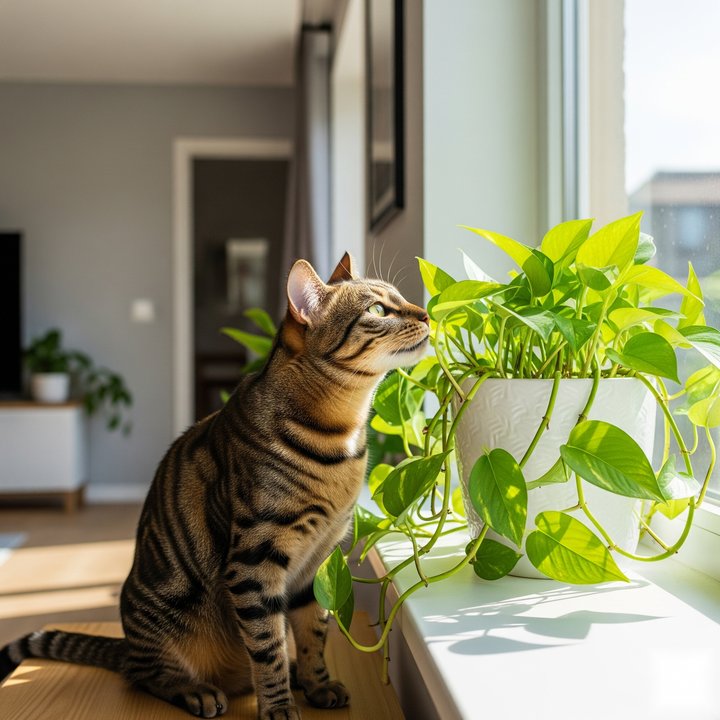A Complete Guide for Concerned Pet Parents
If you just caught your cat munching on your pothos plant—don’t panic, but don’t wait either.
This guide explains exactly what happens when a cat eats pothos, why it’s dangerous, how to respond immediately, and how to prevent it from happening again.
Whether you’re a new plant lover or a lifelong cat parent, this post will help you protect your furry friend without giving up your love for indoor greenery.
What Is Pothos—and Why Is It Toxic to Cats?
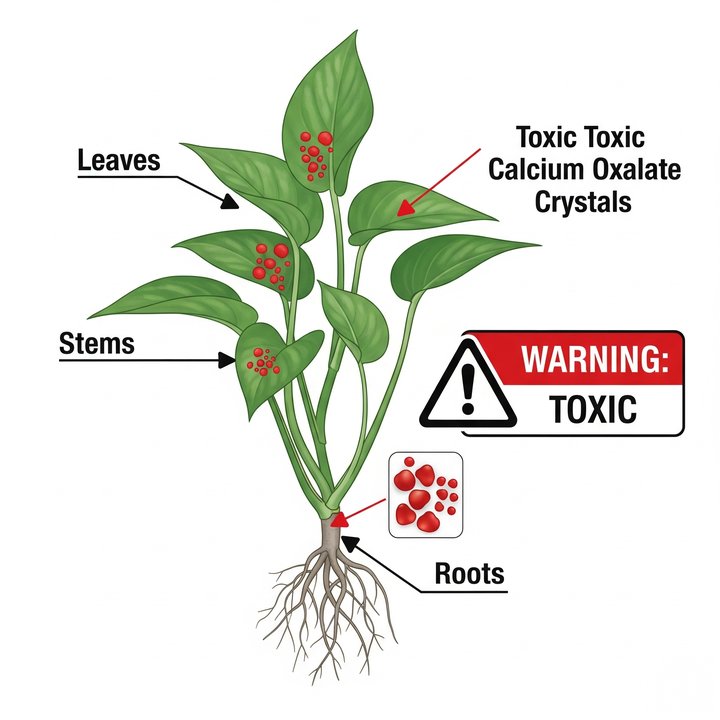
Pothos (scientific names: Epipremnum aureum or Scindapsus spp.), also known as Golden Pothos, Devil’s Ivy, or Taro Vine, is one of the most popular and low-maintenance houseplants. But here’s the catch: it’s toxic to cats.
Toxic Compound: Insoluble Calcium Oxalates
Every part of the pothos plant—leaves, stems, and roots—contains sharp, needle-like crystals called insoluble calcium oxalates. When a cat bites or chews the plant, these crystals embed into soft tissues like the tongue, mouth, and throat, causing:
- Intense burning pain
- Swelling
- Drooling
- In rare cases, breathing issues or systemic organ distress
👉 Reference: ASPCA – Devil’s Ivy Toxicity
Symptoms to Watch For After a Cat Eats Pothos
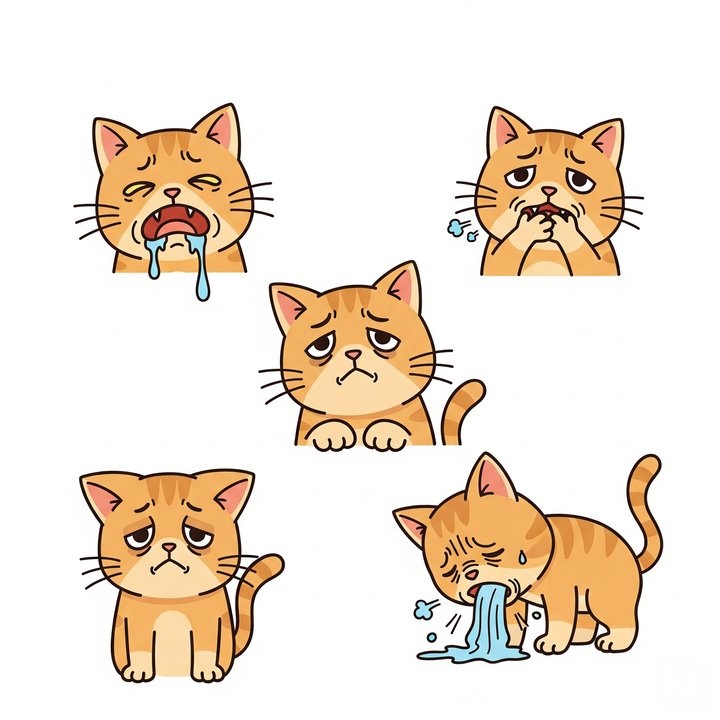
Most symptoms appear within minutes to an hour. Severity depends on how much was ingested and your cat’s size and health.
Common Signs:
- Excessive drooling
- Pawing at the mouth or face
- Refusing to eat or drink
- Vomiting
- Hoarse meowing or vocal changes
- Lethargy or hiding
- Diarrhea
Severe Signs (Call a Vet Immediately):
- Labored or noisy breathing
- Collapse, tremors, or disorientation
- Signs of dehydration
- Seizures (rare but serious)
“My cat took just one bite and started drooling like crazy. Thankfully, I rinsed her mouth and called the vet quickly—she’s okay now. But it was terrifying.” — A real user on Reddit
What To Do Immediately If Your Cat Eats Pothos
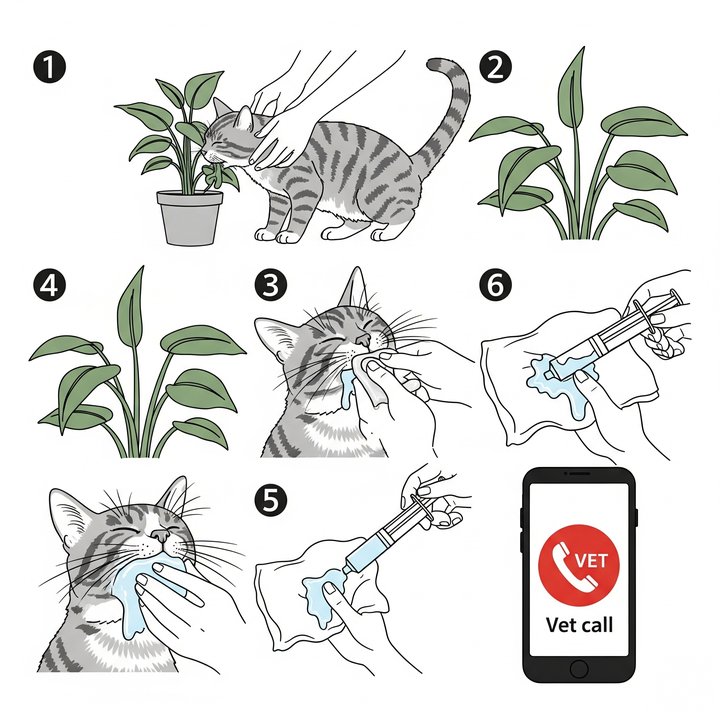
Step 1: Remove Your Cat From the Plant
Gently move them away and place the plant out of reach.
Step 2: Rinse Their Mouth (Carefully)
Use a soft cloth or syringe with clean water to gently rinse their mouth and tongue. Don’t force it—just try to reduce the irritation.
Step 3: Call a Vet or Poison Hotline
- ASPCA Animal Poison Control: (888) 426-4435
- Pet Poison Helpline
Step 4: Watch and Document Symptoms
Take photos of the plant, note when symptoms started, and keep your cat calm and hydrated.
Even if your cat seems fine, it’s still a good idea to call your vet—some symptoms are delayed.
What Will the Vet Do?
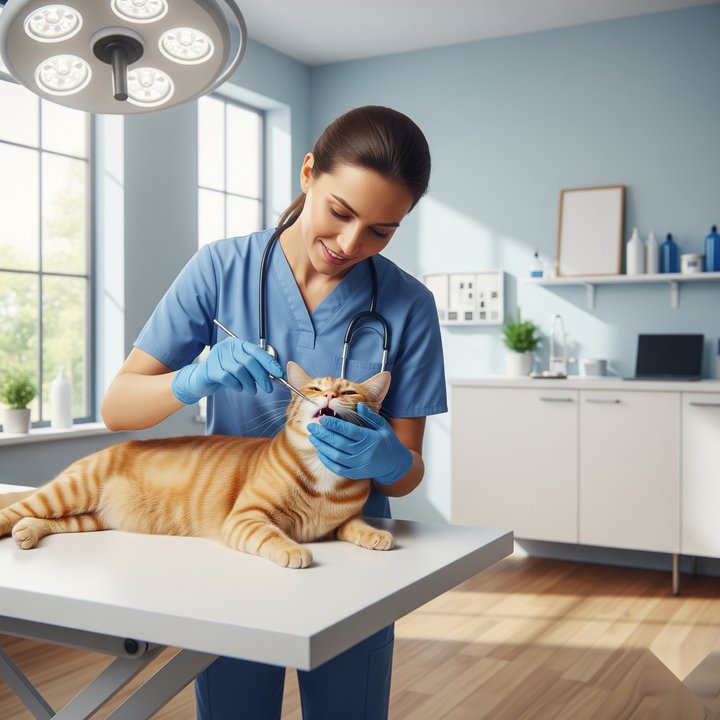
There’s no “antidote” for pothos poisoning, but treatment focuses on comfort and preventing complications.
Vets may:
- Rinse your cat’s mouth again
- Give anti-nausea or anti-swelling meds (like Benadryl)
- Provide IV fluids if vomiting or dehydration occurs
- Administer pain relief or GI-protecting medications
Most cats recover well with timely care, but in rare cases, hospitalization may be needed—especially if breathing issues or kidney problems arise.
👉 Source: WagWalking – Golden Pothos Poisoning in Cats
Are Some Pothos Varieties More Dangerous?
All pothos varieties contain the same toxic calcium oxalates, including:
- Golden Pothos
- Marble Queen
- Jade Pothos
- Neon Pothos
- Manjula or Pearls & Jade
There’s no “safe” variety of pothos for pets. Some anecdotal claims suggest lighter-colored varieties may have milder toxicity, but there’s no scientific proof—better to play it safe.
How to Prevent Pothos Poisoning in Cats
1. Keep Pothos Completely Out of Reach

Cats jump and climb! Try:
- Hanging baskets from ceilings
- Closed terrariums or glass domes
- Plant shelves with physical barriers
2. Use Deterrents
Spray the leaves with:
- Citrus oil (cats hate it!)
- Commercial bitter apple or lemon sprays
- Cover soil with rocks or mesh
3. Offer Safe Alternatives
Keep your cat busy with:
- Cat grass (available at pet stores)
- Toys, tunnels, and window perches
- Scratching posts and interactive feeders
4. Consider Removing Pothos Altogether
No plant is worth a pet emergency. If you have an adventurous or young cat, replacing pothos with pet-safe plants might be best.
Safe Alternatives to Pothos for Pet Homes
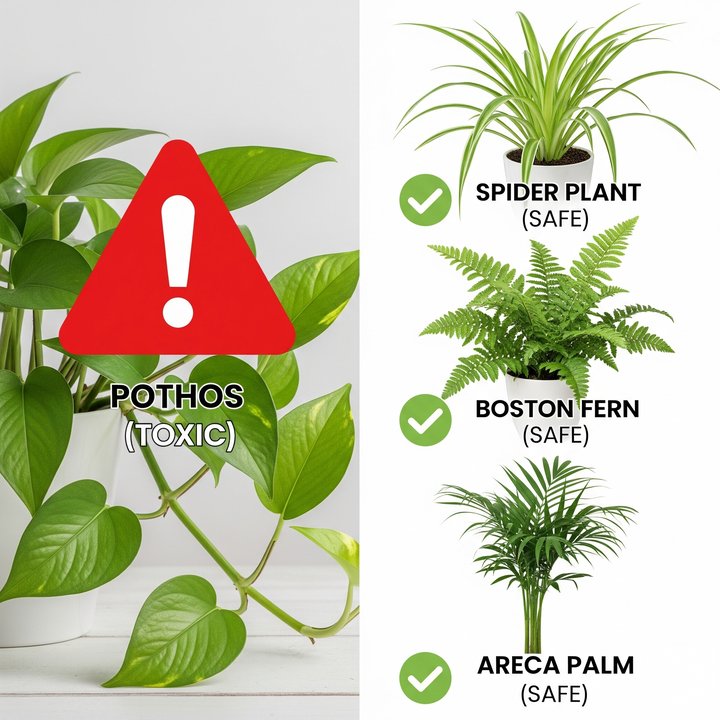
Here are a few pet-safe (non-toxic) houseplants:
| Plant | Benefits |
| Spider Plant (Chlorophytum comosum) | Easy care, air purifier |
| Areca Palm | Tall, elegant, non-toxic |
| African Violet | Flowering, compact, safe |
| Calathea | Gorgeous foliage, pet-friendly |
| Haworthia | A cat-safe succulent |
👉 Check more at: ASPCA Plant List
Common Myths About Pothos and Cats
“My cat nibbled on pothos and was fine—it must be safe.”
→ Toxicity depends on the cat’s size, sensitivity, and how much was eaten. Just because one cat was okay doesn’t mean yours will be.
“Cats know not to eat toxic plants.”
→ Many cats chew plants out of boredom or curiosity. Don’t assume instincts will protect them.
“Only some pothos plants are toxic.”
→ All varieties contain insoluble oxalates and are unsafe.
FAQ: People Also Ask
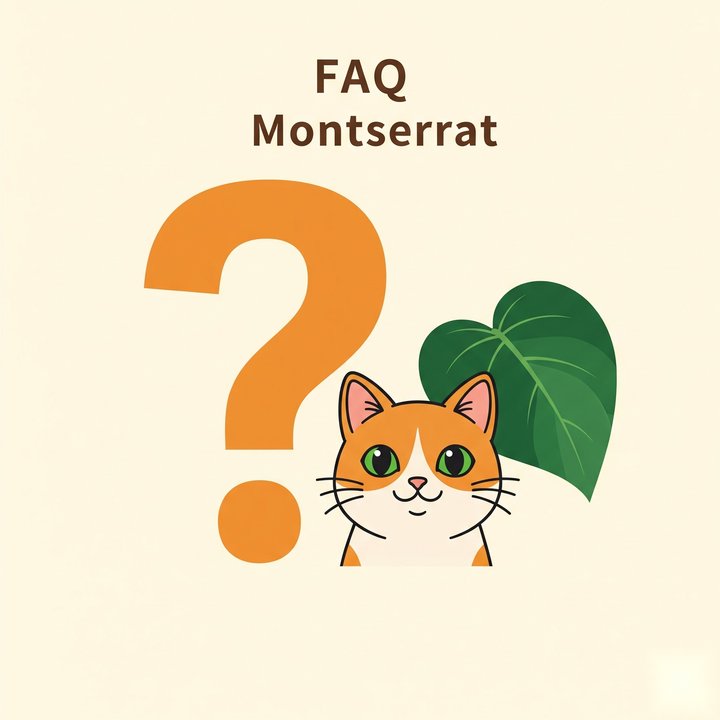
Q: Will my cat die from eating pothos?
Most likely no, if you act quickly. Pothos poisoning is rarely fatal, but it can be very painful and occasionally serious.
Q: Can pothos cause kidney failure in cats?
In rare cases and with large ingestion, yes. That’s why prompt care matters.
Q: How much pothos does it take to harm a cat?
Even a small bite can cause pain and swelling. Cats often stop eating it after the first painful nibble—but it’s still dangerous.
Q: What if my cat just licked a pothos leaf?
Still monitor them. Even licking can transfer oxalate crystals, especially if they bite and release sap.
Final Thoughts: A Learning Journey for Cat Parents
Caring for both plants and pets can feel tricky—but it’s doable with the right knowledge. If your cat ate pothos, don’t beat yourself up. Many pet parents have been there.
What matters most is acting fast, getting expert help, and making your home a little safer each day.
Whether that means switching to cat-friendly plants or just keeping pothos up high and out of reach—you’ve got this.

